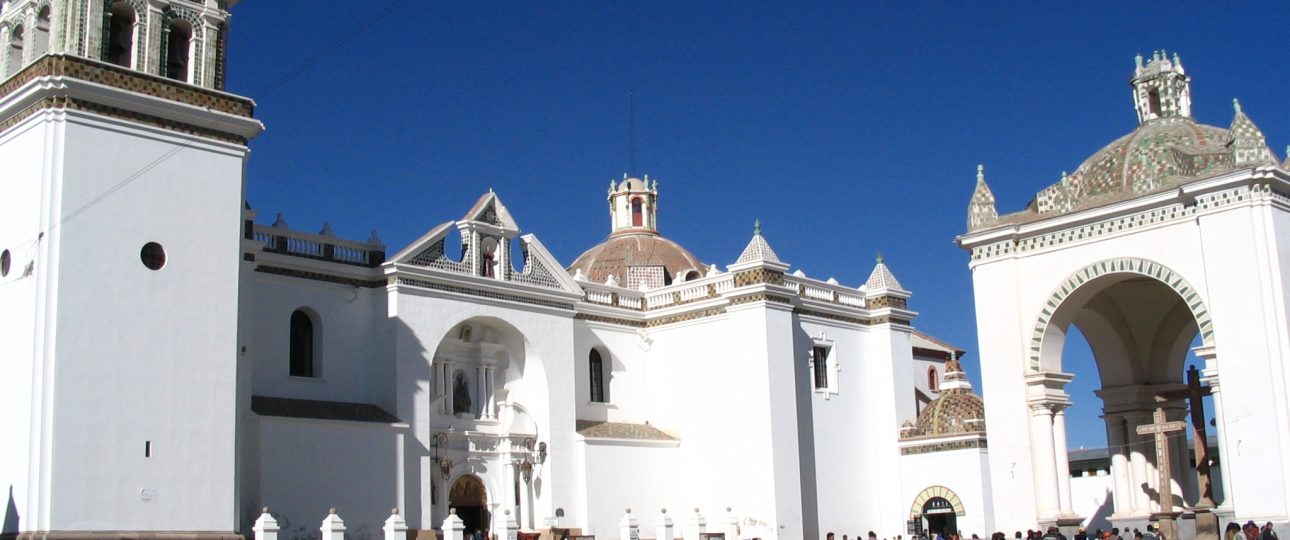Discovering Copacabana Cathedral in Bolivia
The Historical Significance of Copacabana Cathedral
Origins and Cultural Heritage
Copacabana Cathedral, officially known as the Basilica of Our Lady of Copacabana, is one of Bolivia’s oldest churches, completed in 1576. Its construction reflects a blend of Spanish Baroque and Moorish architectural styles, a testament to the region’s colonial past. The name “Copacabana” originates from the Aymara language, meaning “view of the lake,” highlighting the area’s significance even before the Spanish arrival. The cathedral is a revered site, drawing pilgrims from across Bolivia who come to honor the Virgin of Copacabana, the country’s patron saint.
Architectural Marvels
Exterior and Interior Design
The cathedral’s facade is a visual delight, featuring intricate carvings and colorful ceramic tiles that blend Spanish and indigenous influences. Inside, visitors are greeted by high vaulted ceilings adorned with frescoes and gilded decorations. The stained glass windows cast a kaleidoscope of colors, creating a serene and spiritual atmosphere. This architectural beauty makes it a favorite spot for photographers and history enthusiasts alike.
Engaging with Local Culture
Festivals and Traditions
Copacabana Cathedral is not just a place of worship; it’s a cultural hub. Throughout the year, the town hosts various festivals and religious processions, offering a vibrant glimpse into local traditions. These events are filled with music, dance, and colorful displays, providing an immersive cultural experience for visitors.
Local Crafts and Souvenirs
Explore the nearby markets to discover traditional crafts and souvenirs. From intricate textiles to hand-carved wooden figurines, these items reflect the rich cultural heritage of the region. Purchasing these crafts supports local artisans and helps preserve traditional craftsmanship.
Practical Tips for Visiting Copacabana Cathedral
Best Time to Visit
The ideal time to visit is during the dry season, from May to October, when the weather is pleasant and the views of Lake Titicaca are clear. However, be prepared for crowds during religious festivals, as the cathedral becomes a focal point for celebrations.
Getting There
Travelers can reach Copacabana from La Paz by bus, with the journey taking approximately 3.5 hours. Buses leave from the La Paz Bus Station and require a brief ferry ride at the Tiquina Strait. Alternatively, private car hire offers a more comfortable and flexible option. For those coming from Peru, buses from Puno also take about 3.5 hours, with a stop at the border for customs.
Local Transportation
Once in Copacabana, the town is small and easily explored on foot. The cathedral is within walking distance from the main square, Plaza 2 de Febrero. For exploring further afield or visiting nearby islands, consider renting a bike or hiring a taxi. Always negotiate fares in advance to avoid misunderstandings.
Copacabana Cathedral offers a unique blend of history, architecture, and culture. Whether you’re drawn by its spiritual significance or its architectural beauty, this destination provides a rich and rewarding experience for any traveler.




